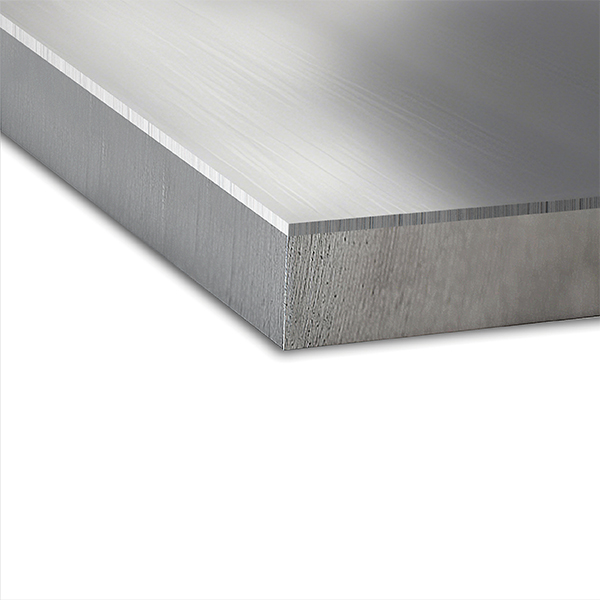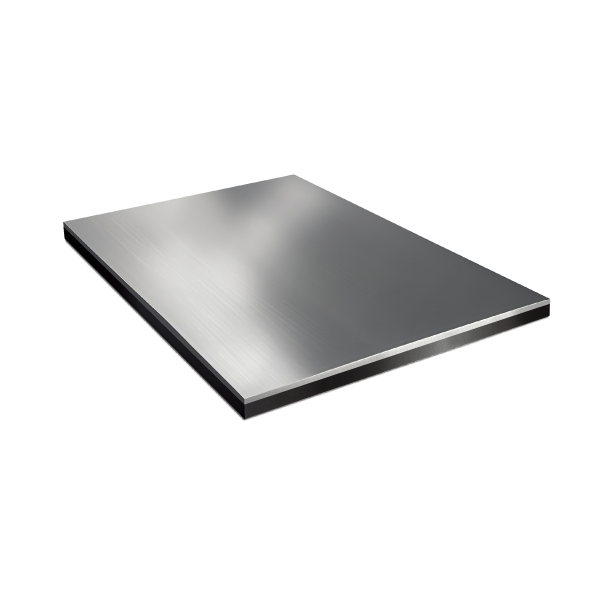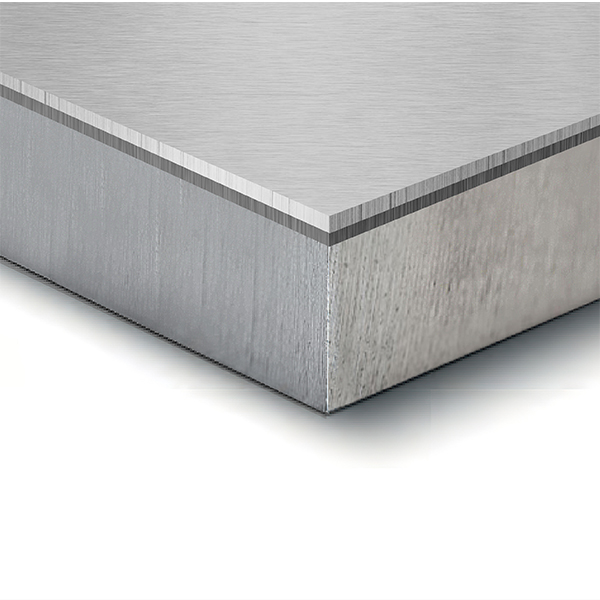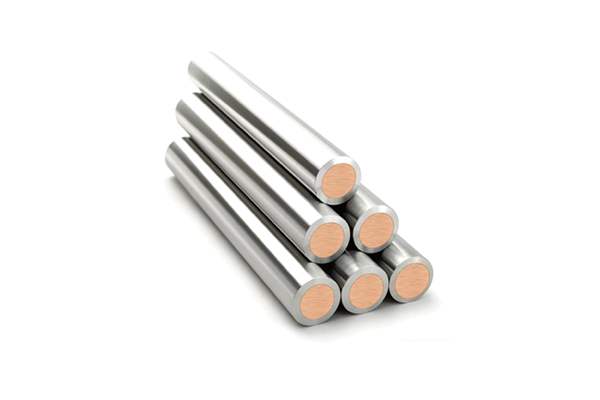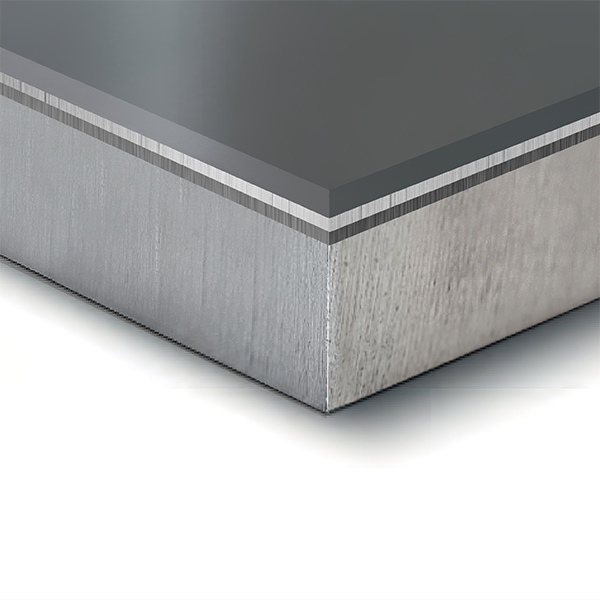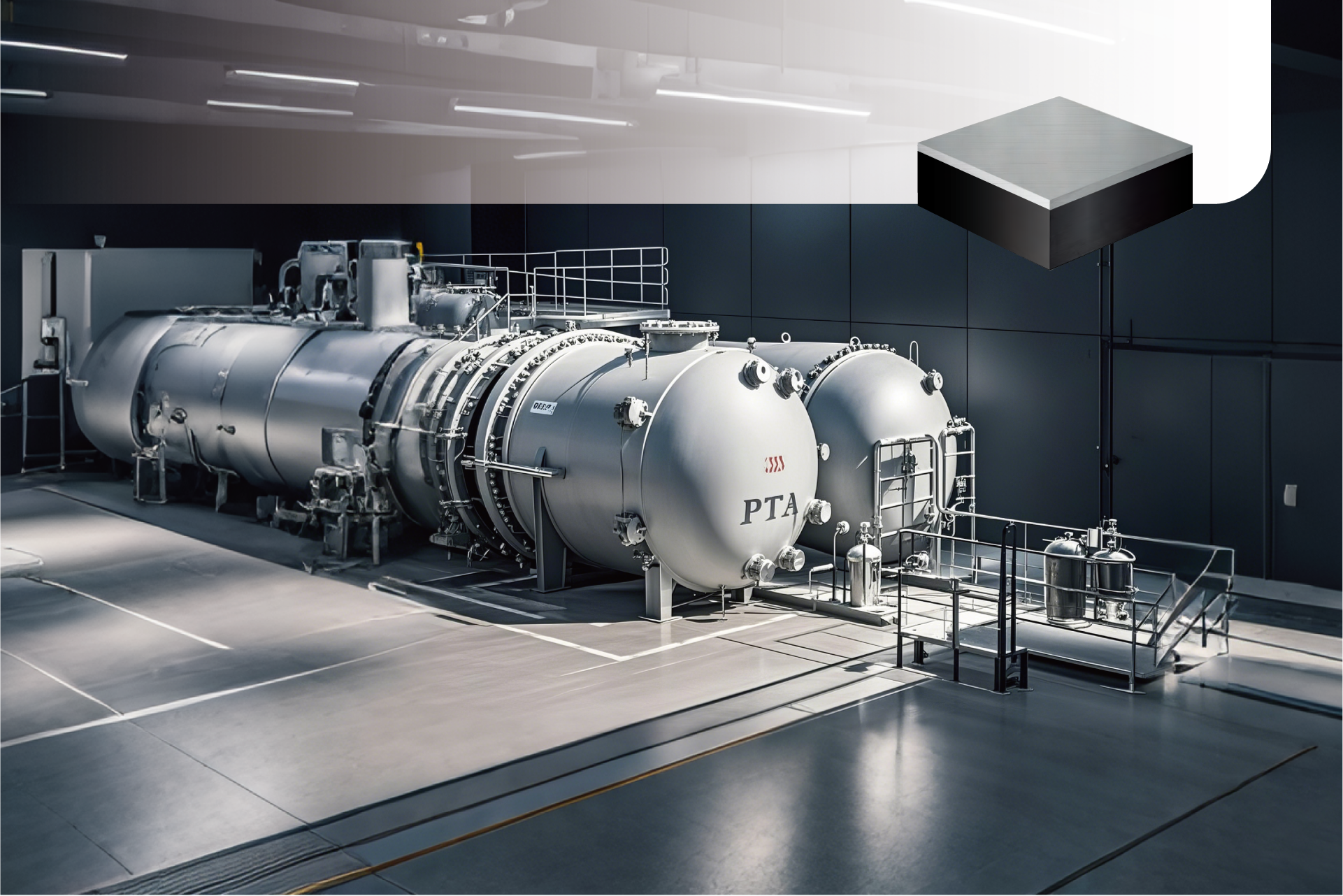
Stainless Steel Clad Plate
The stainless steel clad plate is a composite material that uses carbon steel or low-alloy steel as the base metal, and applies stainless steel on one or both sides through explosion welding or hot rolling.
It combines the advantages of both materials, offering the excellent corrosion resistance and wear resistance of stainless steel, as well as the good weldability, formability, and mechanical strength of carbon steel. Compared to pure stainless steel, composite plates are more cost-effective because they use only a thin layer of stainless steel, while the carbon steel or low-alloy steel base material is relatively inexpensive, significantly reducing the cost of projects and equipment.
As a result, it is widely used in equipment such as storage tanks, pressure vessels, reactors, chemical containers, horizontal tanks, paper-making towers, pipelines, and heat exchangers in industries like petroleum, chemical, shipbuilding, bridges, power, and metallurgy, providing both high strength and corrosion protection.
PRODUCING CONDITION
ASTM A263, A264; ASME SA263, SA264; GB/T 8165, JIS 3601. etc.
ASME SA516, ASTM A516 Gr. 55, 60, 65, 70; ASME SA572, ASTM A572 Gr. 42, 50, 55, 60, 65; ASME SA533, ASTM A533 etc.
ASTM A240, ASME SA240, ASTM A789, ASME SA789, ASTM A182, ASME SA182, EN 10028-2, EN 10088-2, EN 10088-7 etc
| Clad Layer THX. | TTL THX. | Max. Width | Max. Length | |
|---|---|---|---|---|
| Explosive | min. 2mm | – | 4.5m | 14m |
| Explosive + Rolling | 0.8-2mm | max. 152mm | 4.5m | 14m |
| Rolling | 0.8-14mm | 5-65mm | 4.5m | 14m |
characteristics
Different composite methods have varying requirements for the cladding and base materials. We can provide customized production based on the specific needs of our customers.
Chemical Composition
Clad layer chemical analysis (wt%) as below:
| C | Ni | Mn | P | S | Cr | Ni | Mo | Ti |
|---|---|---|---|---|---|---|---|---|
| 0.018 | 0.44 | 1.26 | 0.022 | 0.005 | 18.1 | 8.03 | 0.003 | 0.003 |
Mechanical Performance
Mechanical performance as below:
| A.A | DIM | SQ | CTM | BR(%) | T.S Rm/(Mpa) | Y.S ReL/(Mpa) | IAK(KV2)/J(0°) | E.L A/% | FBT(180°) | SS(Mpa) | U.T | NDT | IGC |
|---|---|---|---|---|---|---|---|---|---|---|---|---|---|
| C.P | PASS | PASS | PASS | 100 | 525 | 304 | – | 49 | PASS | 370 | PASS | – | – |
| A.A: Analysis Area DIM: Dimension SQ: Surface Quality CTM: Cladding Thickness Measurement | BR(%): Bonding Rate T.S Rm/(Mpa): Tensile Strength Y.S ReL/(Mpa): Yield Strength IAE(KV2)/J (0°): Impact Absorption Energy E.L A/%: Percentage Elongation After Fracture | FBT (180°): Frontside Bend Test SS (Mpa): Shear Strength U.T: Ultrasonic Testing NDT: Non-Destructive Testing IG: Intergranular Corrosion |
|||||||||||
Third Party Certificate
In accordance with ASTM A578/A578M Level B, we perform 100% ultrasonic testing (UT), ensuring a bonding rate of over 99%. Tests for chemical composition, mechanical properties, low-temperature impact, hardness, PWHT (Post Weld Heat Treatment), and HIC (Hydrogen-Induced Cracking) can be conducted as per customer requirements.
Additionally, we provide EN 10204 – 3.2 certification.

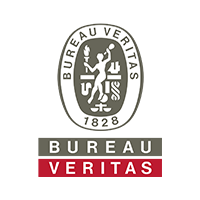
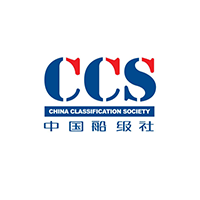
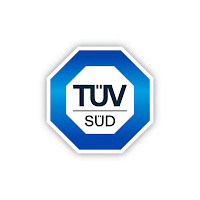

CERTIFICATION
The company has achieved ISO 9001 Quality Management System certification, ISO 14001 Environmental Management System certification, and Occupational Health and Safety Management System certification. Other certifications, such as PED and API, are currently in the application process. Our clad plate products have also received CE certification for pressure vessels, while our marine clad plates have been certified by six national classification societies, including CCS, DNV GL, LR, BV, RINA, and ABS.
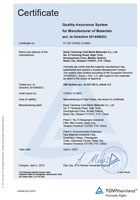
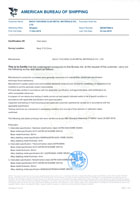
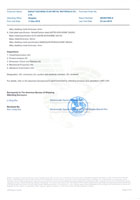
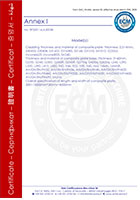
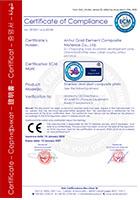
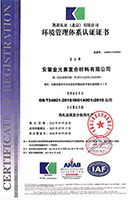

DELIVERY AND PACKING
Below is our standard packing method for export transportation, for other special requirements from our customers, we can customize. The surface of the clad plates is covered with a PE plastic film, followed by a layer of hard cardboard for protection. The outermost layer is waterproofed, and labels are applied to ensure effective identification. The product is then loaded for shipment.
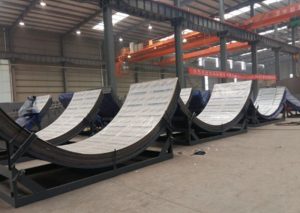
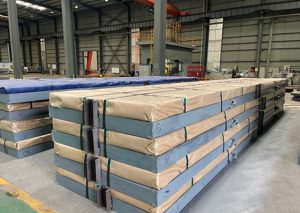
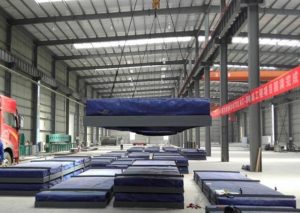
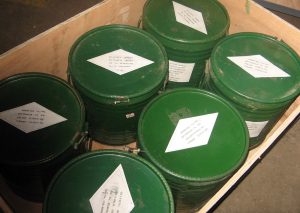
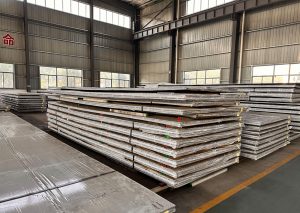

FAQ
Relative Products
Zr Ti Steel Clad Plate
Zr Ti Steel Clad Plate The zirconium/titanium/steel clad plate is a multi-layer composite material typically made by bonding zirconium, titanium, and carbon
Ti Cu Clad Rod
Ti Cu Clad Rod Titanium-clad copper is a composite material created primarily through explosive welding or rolling (with explosive welding being
Ta Zr Ti Steel Clad Plate
Ta Zr Ti Steel Clad Plate The Tantalum/Zirconium/Titanium/Steel clad plate is indeed an exceptional multilayer material. Its sophisticated design provides high corrosion
Contact

